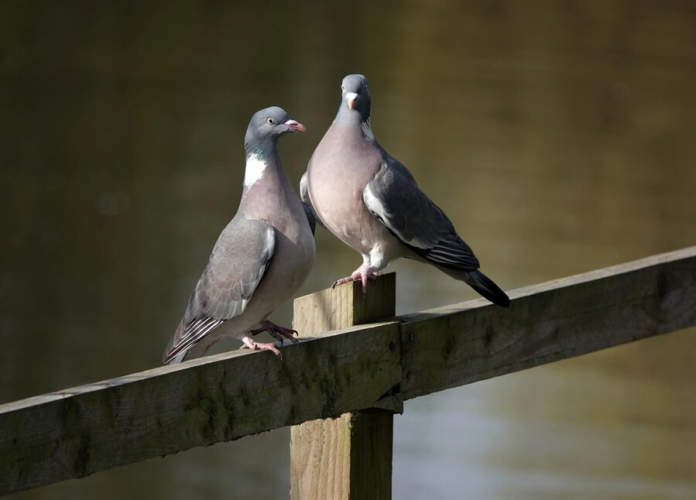Introduction
The ability of birds to maintain a constant internal body temperature, irrespective of external conditions, is a remarkable feat known as endothermy. While we commonly associate warmth with mammals, birds, too, are endothermic creatures, and this article aims to unravel the intricacies of avian thermoregulation.

Defining Endothermy
Endothermy, often referred to as “warm-bloodedness,” is the ability of an organism to regulate its body temperature independently of the surrounding environment. Mammals are the primary group associated with this trait, but birds share this physiological marvel. This evolutionary adaptation allows birds to thrive in diverse habitats, from frigid polar regions to scorching deserts.
Avian Metabolic Furnace
At the heart of avian endothermy lies a highly efficient metabolic system. Birds possess an incredibly high metabolic rate, generating substantial heat as a byproduct. This internal furnace, fueled by the efficient oxidation of nutrients, ensures a consistent and elevated body temperature, typically higher than that of the surrounding environment.
Feathers as Insulators
Feathers, beyond their role in flight and display, serve as exceptional insulators crucial for maintaining body heat. The arrangement of feathers creates an insulating layer that traps warm air close to the body, preventing heat loss. Birds can manipulate this layer by adjusting the position of their feathers, adapting to temperature fluctuations and environmental conditions.
Shivering and Non-shivering Thermogenesis
Birds exhibit both shivering and non-shivering thermogenesis to regulate body temperature. Shivering, a familiar concept in mammals, involves rapid muscle contractions generating heat. However, birds can also engage in non-shivering thermogenesis, a process where specialized tissues, such as brown adipose tissue, produce heat without muscle movement. This flexibility allows birds to fine-tune their responses to varying thermal challenges.
The Role of the Respiratory System
Birds boast an intricately designed respiratory system that contributes to their endothermic capabilities. Unlike mammals, avian lungs feature a unidirectional airflow, ensuring a continuous supply of oxygen during both inhalation and exhalation. This efficient gas exchange enhances metabolic processes, sustaining the high energy demands associated with endothermy.
Torpor and Nocturnal Challenges
While endothermy is a hallmark of bird physiology, some species exhibit temporary adjustments in response to environmental challenges. Torpor, a state of reduced metabolic activity and lowered body temperature, allows certain birds to conserve energy during periods of scarcity. Additionally, nocturnal birds face distinct thermoregulatory challenges, navigating the drop in temperature that accompanies the night.
Endothermy Across Avian Orders
The diversity of bird species extends to their thermoregulatory strategies. Large-bodied birds, such as eagles, can retain heat more effectively due to their size and feather density. Conversely, smaller birds, like hummingbirds, face higher heat loss rates but compensate through increased metabolic rates and efficient insulation. This variation showcases the adaptability of endothermy across avian orders.
Conservation Implications
Understanding avian endothermy is not merely a biological curiosity but has profound implications for conservation efforts. Climate change and habitat loss pose challenges to birds reliant on specific thermal niches. The ability of birds to regulate their body temperature is integral to their survival, emphasizing the need for conservation strategies that consider these physiological adaptations.
Conclusion
In the grand tapestry of life, avian endothermy stands as a testament to the marvels of evolutionary adaptation. Birds, with their diverse forms and behaviors, have harnessed the power of endothermy to conquer varied environments. Delving into the intricacies of avian thermoregulation not only deepens our understanding of these feathered marvels but also underscores the interconnectedness of physiological adaptations and the ecological niches birds inhabit.
Also Check Out: How Much are Maine Coon Cats




